Beyond Mathematical Probability - 0 chance events, everywhere
Fuel and food shortages incoming.
This post will be a little bit of everything. Analyses, opinion, and confirmation bias in a way, because everything I have forecasted and warned about came to pass. Be warned this will be a fairly long one. My mostly opinion and 2 mixed posts will give you more context to understand where I am coming from. A few of the other bigger pieces any reader should go and check out are the ones both with Year Without Summer in the title, because it does play a major role among many of the events I have been covering and connecting so far.
U.S. spring wheat planting is advancing at the slowest pace in more than 20 years and was only 49% complete as of Sunday. The average for the date is 83%. Minnesota is only 11% planted vs 90% avg. North Dakota 27% vs 80% avg. Those two states grow two-thirds of the U.S. crop.
A lot of this delay is a direct result of an overly wet spring, making the fields too wet to plant. The condition of the red wheat is also terrible because of the weather. Under normal circumstances this wouldn’t be a problem, under current trends and dynamics, it will be. A big one. For proper analysis we need more information, so we start with a relatively meaningful event.
This whole piece about food supply mentions wheat (the world has currently 10 weeks worth of wheat stocked). And you should probably read it because it bears the same tone as my “Coming Grain Shortage) one. This quote should be taken to heart.
“Without substantial immediate and aggressive coordinated global actions, we stand the risk of an extraordinary amount of both human suffering and economic damage,” Menker said. “This isn’t cyclical; this is seismic. It’s a once in a generation occurrence that can dramatically reshape the geopolitical era.”
43 CP Rail cars carrying potash derailed near Fort Macleod, Alta., RCMP say
If you don’t remember, last year China stopped the export of raw materials to make fertilizer to secure their own supplies and prices, Russia also began restricting for the same motives, and Belarus (accounting for a huge portion of the global potash market, among the biggest exporters) soon followed.
On the surface, the EU has been passing legislation since 2020 to restrict the sale of cheap fertilizer imported from both countries. All this to say, the USA would rely heavily on Canada (another big potash producer) to secure a lot of its fertilizer needs. The erratic weather + this series of unfortunate events will affect the yield in the US.
The Food Crisis Is Bad. US Crop Insurance Makes It Worse.
Federal agricultural programs give farmers strong reasons to keep fields idle. In normal times, that can make sense. But nothing’s normal now.
The US Department of Agriculture reported that there were only 3.7 days suitable for farm field work in Minnesota last week due to unusually cold and wet weather. That kind of bad weather has meant that only 11% of Minnesota's spring wheat crop was in the ground as of Sunday, compared to 100% at the same time last year.
It's not just Minnesota, either. Across the Midwest, one of the world's most fruitful breadbaskets, farmers are well behind their usual planting pace. If the rain and cold continues, some crops won't be planted at all.
That’s bad. Now the US government is making it worse. Thanks to incentives built into federally subsidized crop insurance programs, some farmers may soon find it more profitable to file insurance claims and keep productive land idle than to produce wheat, corn and soybeans, even though prices are surging. It's unclear how many acres could be affected; potentially, it's millions. With deadlines looming for farmers to make decisions, it’s urgent for policy makers to shift the incentives toward planting.
I will offer no commentary, opinion, or anything else on this matter. The facts on display all around about the current American administration speaks for themselves.
These events will further exacerbate a trend I covered and forecasted months ago. Resource Nationalism.
India’s Protectionist Moves Spark Concern That Rice May Be Next
Any restrictions on rice may exacerbate global hunger crisis
India is world’s top rice shipper, accounting for 40% of trade
Rice may be India’s next food protectionism target after it restricted wheat and sugar exports, analysts say, a move that could have a devastating impact on global food security as it’s an important staple.
India’s curbs on wheat and sugar exports sent shock waves through global markets as it marked an escalation in food protectionism that’s seen countries choke off flows of locally-grown supplies to the world. A similar move on rice by the No. 1 exporter at a time when crops like wheat and corn are soaring would threaten to plunge millions more into hunger and boost inflation risks.
Following its ban on the export of wheat, which much of the planet was counting on to supplement the massive drop in exports from both Russia and Ukraine, India soon followed by restricting the exports of Sugar (being one of the largest producers on the planet).
As a side note, Malaysia banned the export of chicken a few days ago.
And as I wrote weeks ago, in the face of a shortage of common, staple grains, the world, especially poorer countries would soon convert to rice. Rice is the staple in the diet of most of the planet, a substantial increase in the price of rice would have as much damage to social structure as wheat did in some countries (Iran, Sri Lanka, and Peru among a few others). In Vietnam some restaurants are already facing a rice shortage, in Egypt there are numerous rumors of a rice shortage, and they are experiencing a wheat shortage.
Food Shocks Will Also Destabilize the ESG World
Russia’s war on Ukraine is threatening to spread more hunger across the developing world. It may also upend the global sustainability effort.
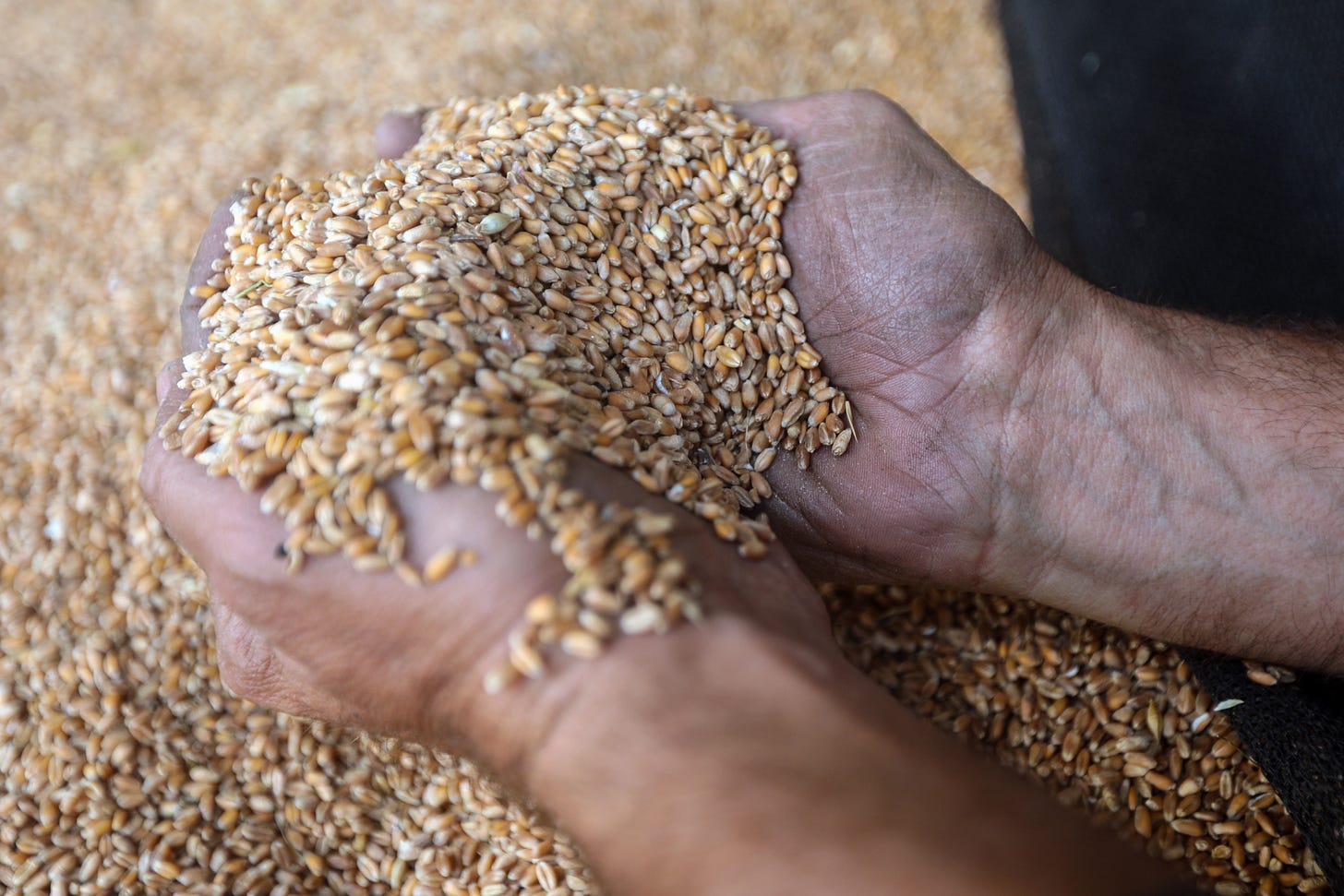
The risk of a global food shortage presents a grave threat to millions of people across the developing world. Much less critical but also important are the longer term environmental obstacles such a calamity may pose for sustainability.
This is merely to bring to the reader’s attention that even the elites are now waking up to the fact that their ESG dream, and pushing whatever BS they believe in have unfathomable costs.
Henry Kissinger: Ukraine must give Russia territory
Former US Secretary of State warns against the defeat of Putin as Western unity on sanctions frays badly.
Dr Kissinger said the war must not be allowed to drag on for much longer, and came close to calling on the West to bully Ukraine into accepting negotiations on terms that fall very far short of its current war aims
Going back to food protectionism. Restriction on the export of rice, or outright ban is very much likely because of how the weather in the Nothern Hemisphere is disrupting the farms and food supply chain. The Turkish economy, which heavily relies on farming is suffering from massive inflation, growing 40% just this year alone. Of course, farmers everywhere are not only suffering from erratic weather, fertilizer shortage, or supply chain issues. There is a substantial shortage of fuel going on.
Diesel’s 100% Surge and Scarcity Deny Farmers Their ‘Lifeblood’
Some spend $1,000 to fuel a tractor, more than double a year ago
Farmers from Iowa to Ukraine are grappling with surging diesel prices and an unsteady supply, forcing them to spend unprecedented sums on fuel in a chaotic market and raising concerns about the autumn harvest.
In the US, where corn and soybean producers are rushing to sow after rains and cold temperatures forced delays, filling a tractor tank daily now costs some farmers $1,000, twice what it was a year ago. And the most intensive part of the farming season is still ahead.
In the breadbasket nation of Ukraine, three months into Russia’s military invasion, growers are tending fields amid brutal bombings of storage sites. One grain farmer said he has enough fuel to last two months. He’s nervous about diesel supplies ordered weeks ago that haven’t shown up.
“If you have to wait every time such a long time, you’re slowly running out,” said Kees Huizinga, who farms 15,000 hectares (37,000 acres) in Ukraine. Crops needed to feed dairy cows are days away from harvest and, if delays continue, bigger problems could stack up for corn and sunflowers in the autumn.
In the US, with grain reserves shrinking and inflation ongoing, diesel is in short supply, especially on the East Coast. Many of America's farmers are nonetheless well positioned for another year of profit as war and global weather challenges have extended the 2021 crop price rally. Wheat recently jumped to an all-time high and corn and soybeans are trading near records. Still, they worry prices will collapse while the cost for diesel and other key farm necessities stays high.
US diesel prices are the highest ever, with warnings of shortages, especially in the eastern US. Russia's invasion of Ukraine tightened global supplies of the fuel. While the situation in the Midwest isn't as dire, wholesale prices in Chicago are still up 75% from a year ago.
This should be no surprise to anyone who reads my pieces, especially because there were signs everywhere pointing out this shortage of distillates, diesel, and gasoline. I could expand but the math is rather simple, even with China closed down (lockdown is still going on rather strong), meaning industry and fuel demand is lower than before, the demand in the rest of the world is at the same levels of 2019.
Wouldn’t be a problem if the West, seeking the ESG scam, didn’t close refineries and slashed its own refining capacity by 3 million barrels/day. Meaning we are consuming very strongly, and producing much less. This is the problem in the US, Brazil, and the EU, there isn’t enough refining capacity and big market players can’t accommodate. China can, but they are closing down some of their refineries to reach the green targets. Which clearly is a hybrid war tactic.
You punish your adversary while attempting to secure your own energy sources and attempt to reach stable prices. I will further write more things and give my “overall opinion” at the end. By sheer coincidence, the following piece is among one of my hundreds of tabs, you should read it, it is merely confirmation of what I literally described with more nuance.
By chance, I found this chart by accident. OPEC alone is reaching the 3 million barrels/day of missing production alone. So we are well beyond lacking these 3 million per day.
Column: Global diesel shortages herald imminent economic slowdown
Middle distillates including diesel and gas oil are the primary fuel used in manufacturing, shipping, trucking, freight railroads, mining and farming so price and availability corresponds closely with the business cycle.
The post-pandemic economic boom in 2021/22 has exceeded the capacity of refineries to make enough of them and severely depleted inventories across North America, Europe and Asia:
Europe’s distillate stocks fell to 378 million barrels at the end of April, the lowest seasonal level since 2008 immediately before the onset of the recession and financial crisis.
Singapore’s distillate stocks fell to 6 million barrels in the first week of May, the lowest seasonal level since 2006.
U.S. distillate fuel oil inventories stood at 105 million barrels last week, the lowest for the time of year since 2008.
Shortages are bleeding across into gasoline as refineries adjust their equipment and attempt to boost output of distillates and jet fuel, cutting into their ability to make gasoline.
All countries on the planet are facing problems with fuel prices from the USA to Brazil, but some are experiencing severe shortages and inflation took its toll. Sri Lanka has such a severe shortage of fuel they are asking people to mostly work from home whenever is possible, and even public transportation will suffer up to 40% increase in fare prices.
The UK will go through another massive hike in their energy bills up to 42%m and it isn’t even Summer yet. 1 in every 5 people in the UK now complains they can’t keep up with bills. From the linked article.
More than two dozen energy suppliers have collapsed since August as wholesale energy prices surged. Most of those firms, some with just a few hundred customers, were the result of a deregulation of the market that allowed just about anyone to set up an energy supply company. Bill payers will ultimately be saddled with the burden.
Again, mostly confirmation bias, early in my Substack, I covered this precise dynamic and how it might eventually play out, even outlining the early massive increase in energy costs, which most went out ignored. And so I did with the US prices.
Open With Care: That Next Power Bill Could Shock You
There are things you can scrimp on, but “you can’t turn off the air conditioner when it’s 102 degrees.”
Residential electricity rates have been surging for months and are poised to climb even higher this summer on a combination of tight supplies of natural gas and coal, an unrelenting drought in the Western US, and a nationwide forecast for extreme heat. Barclays Plc calculates that monthly bills will be more than 40% higher than last year’s, and projections from the US Energy Information Administration show this year’s retail residential rates rising the most since 2008.
It’s all pointing to a summer of pain for Americans beset by the highest inflation in four decades. Gasoline prices have reached record highs, an order of chicken wings fetches $34, housing expenses are soaring, and now the cost of running the air conditioner could become a make-or-break expense. That’s going to force people to make tough choices, especially in places like Miami, where energy costs have increased more than in any other US city.
As per previous analyses, the drought in the US, allied with exporting massive amounts of LNG to Europe so they can attempt to stand against Putin, and manage the “energy transition” would come at a heavy cost. And the cost is here, further increases in domestic prices of energy in the US.
US residential power bills averaged $122 a month last year, but with natural gas prices above $8 per million British thermal units, that figure could rise by $49, according to Barclays analyst Srinjoy Banerjee. A year ago, gas cost less than $3.
The burden “disproportionately falls on lower-income groups,” Banerjee says.
Temperatures are already high, and it is not even Summer yet, when Summer hits, we could see some drastic increase in energy prices everywhere in the Northern Hemisphere, which will impact everything else, from refining oil to producing almost everything. But most of the Northern Hemisphere has its eyes on the coming Winter and the LNG prices and market.
Natural Gas Market Is Hurtling Toward Historic Winter Shortages
Europe plans to cut imports of piped Russian gas by two-thirds
China demand seen rebounding later in year after virus curbs
The liquefied natural gas market is hurtling toward a potentially historic shortage this winter as the world rushes to secure the super-chilled fuel.
Europe’s plan to cut imports of piped Russian gas by two-thirds by the end of the year and replace it with LNG from the US and Africa is sharply intensifying competition for the power-plant and heating fuel. There’s also an expectation that China’s battle with Covid-19 will be winding down later in 2022, which should stoke industrial demand from Asia’s biggest economy.
In a normal year, LNG importers stock up on supplies for the peak winter season over the summer. That appears to have started earlier this year, with South Korean and Japanese utilities already snatching up shipments for delivery through early 2023. The looming supply crunch risks pushing up electricity bills and inflation and could see poorer nations miss out entirely.
“This coming winter has everyone on edge,” said James Whistler, the global head of energy derivatives at Simpson Spence Young. “All things point to tight supply under normal conditions, but additional risks are also present.”
Already covered how the LNG market would react to the changes going on months ago, and that analyses merely came to pass and become our reality. Given every single dynamic covered here, and elsewhere in other posts, LNG demand will far outstrip the supply, even if Russia was still in play, because of what is going on in the oil market. As I wrote before, the construction of LNG infrastructure, gasification pipelines, and especially LNG carriers is a long and rather arduous endeavor under normal circumstances, a relative horror on supply chain issues, and shortage of many minerals, steel, and everything else.
In one of my first bigger pieces, I wrote that no country, in the face of a real collapse would collapse itself, even though one can argue that their own decisions led to their current hardships. India coal woes has no one to blame but the ESG people and the government. And so is Germany, and as I outlined before Germany will revert to dirty fuels.
Germany to Bring Back Coal Power Plants If Russia Cuts Gas
Germany plans to bring back coal- and oil-fired power plants should Russia cut off natural gas shipments to Europe’s largest economy.
Economy Minister Robert Habeck will on Tuesday present an emergency decree enabling the government to bring back the facilities in case of gas shortages, according to the proposed legislation seen by Bloomberg.
Germany is resorting to desperate measures to keep the lights on and its massive industrial parks running, turning to dirty fuels even if that means a surge in carbon emissions. The nation has almost six gigawatts of facilities that are currently part of a national reserve, many of which were supposed to be closed down as part of the coal phase-out plan.
“This request for additional coal-fired power generation only occurs when there is a gas shortage, or if there is a threat of a gas shortage and the gas consumption in power generation has to be reduced,” according to the proposed law.
White House eyes restarting idle refineries to tame fuel prices
The Biden administration is reaching out to the oil industry to inquire about restarting shuttered refineries, as the White House scrambles to address record high-gasoline prices that are setting off political alarm bells ahead of the midterm elections.
Costly mistakes that the poor and the middle class will pay, while the rich and elites are sheltered from the consequences of their stupidity.
So after so much information, and a mountain of analysis (if you read the other posts, I commend you, that is a lot), what are my opinions ? It should be clear by now that every trend I previously outlined and the dynamics covered in this Sustack came to the expected (by us) outcome.
You should think really hard about stocking on some non-perishable grains, I don’t expect a famine, but I do expect perceptible, palpable, and visible scarcity in every single country on the planet in a short timeframe, which will lead to different levels of social unrest and migration patterns. I appreciate all the support and attempt not to annoy people too much by writing about it in every post, but if you are between supporting me and getting things you need, get the things you need. You can support this work anytime or never if you don’t want it/can’t. This entire Substack has only one goal.
Helping people.
Why am I saying this ? Energy, fuel, and food inflation ain’t going anywhere anytime soon, this is a rather long-term (18+ months) trend, therefore at the very least stocking, some grains and non-perishables will literally at the very least save you money. On Twitter, I have talked to different people, from investors that moved for different reasons to farmers, and the farmers give me the information that really gets me concerned.
Weeks ago I estimated that the world would experience a loss of yield on all crops (grains mainly) between 7% to 15%, and that 15% was looked down upon as “too large of a number to be real. The average yield loss I get from most farmers right now is 20%. The erratic weather is global, it is affecting grains by rain or heat everywhere, and the drought is also global.
At the very least there will be global food shortages within this year, and by global, I mean in 30%+ of the world, including first world countries, which will lead to food riots in the richer nations.
To be very very very clear I do not expect the world to end, but we are about to experience drastic changes in most aspects of life, in the end, it will be for the better, but for a short while, it might be painful and unpleasant if you are not used to a more frugal lifestyle. Stocking food, and getting prepared is merely a hedge from my perspective, good risk assessment, and risk mitigation and not “THE WORLD IS GOING TO END OMG”. At the very least you will save money and keep your quality of life by doing simple preparation.
I don’t share political opinions here (mostly because in my opinion there is no political solution to any of this), but from a socio-cultural and political perspective, this is a necessary road to travel. Politics is a stale thing for far too long and change needs to be forced upon. And so is changes in the elites.
The Supply chain side of this post will be left for Part II. Another ultra-short post linked to all this coming. But I rather make a separated one.
Deep appreciation for all the supporters, you make this possible!




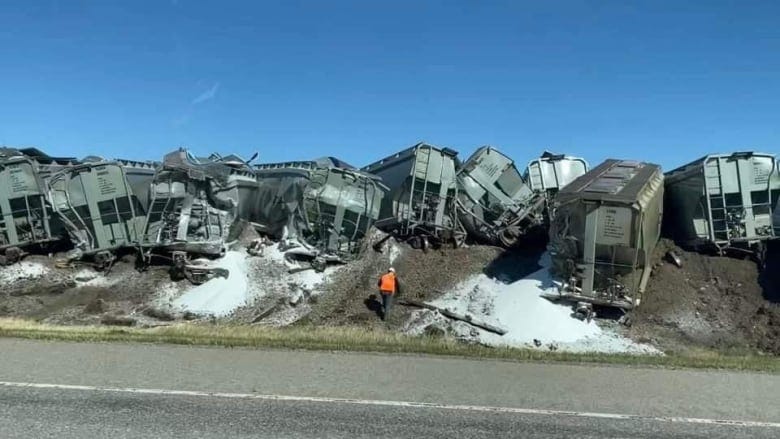
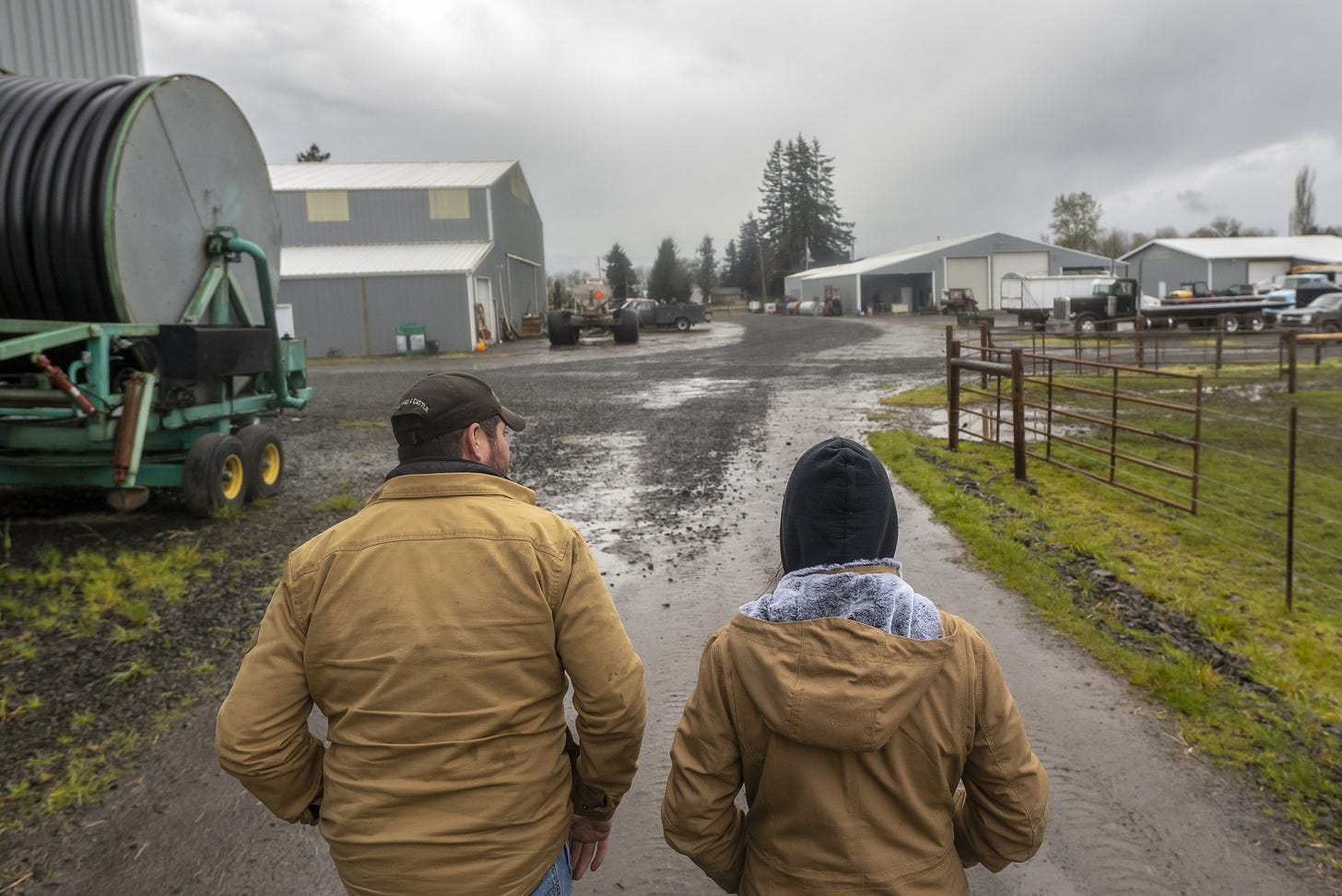
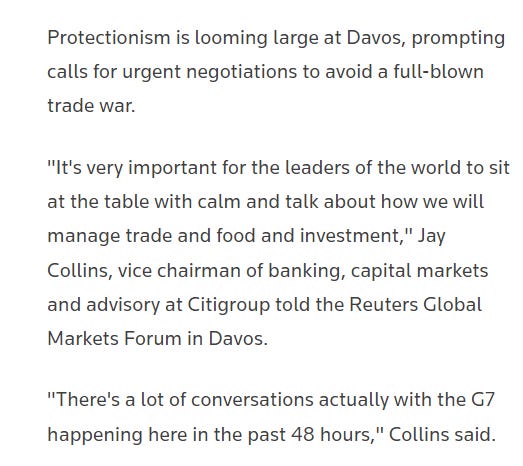
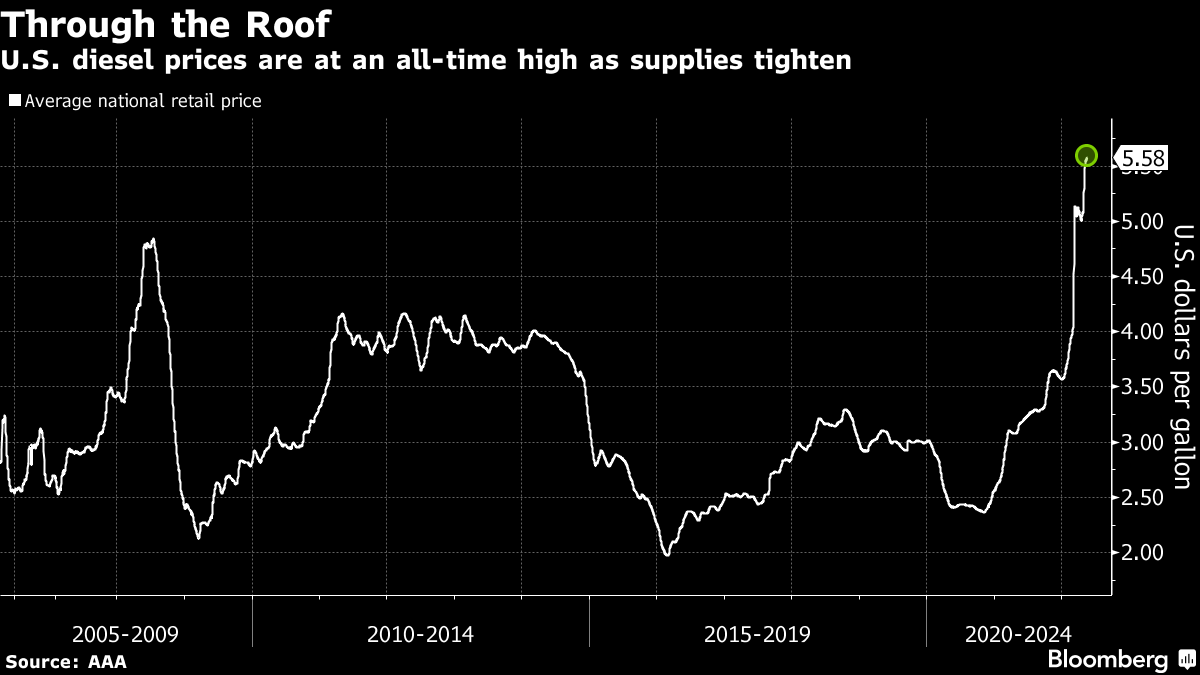
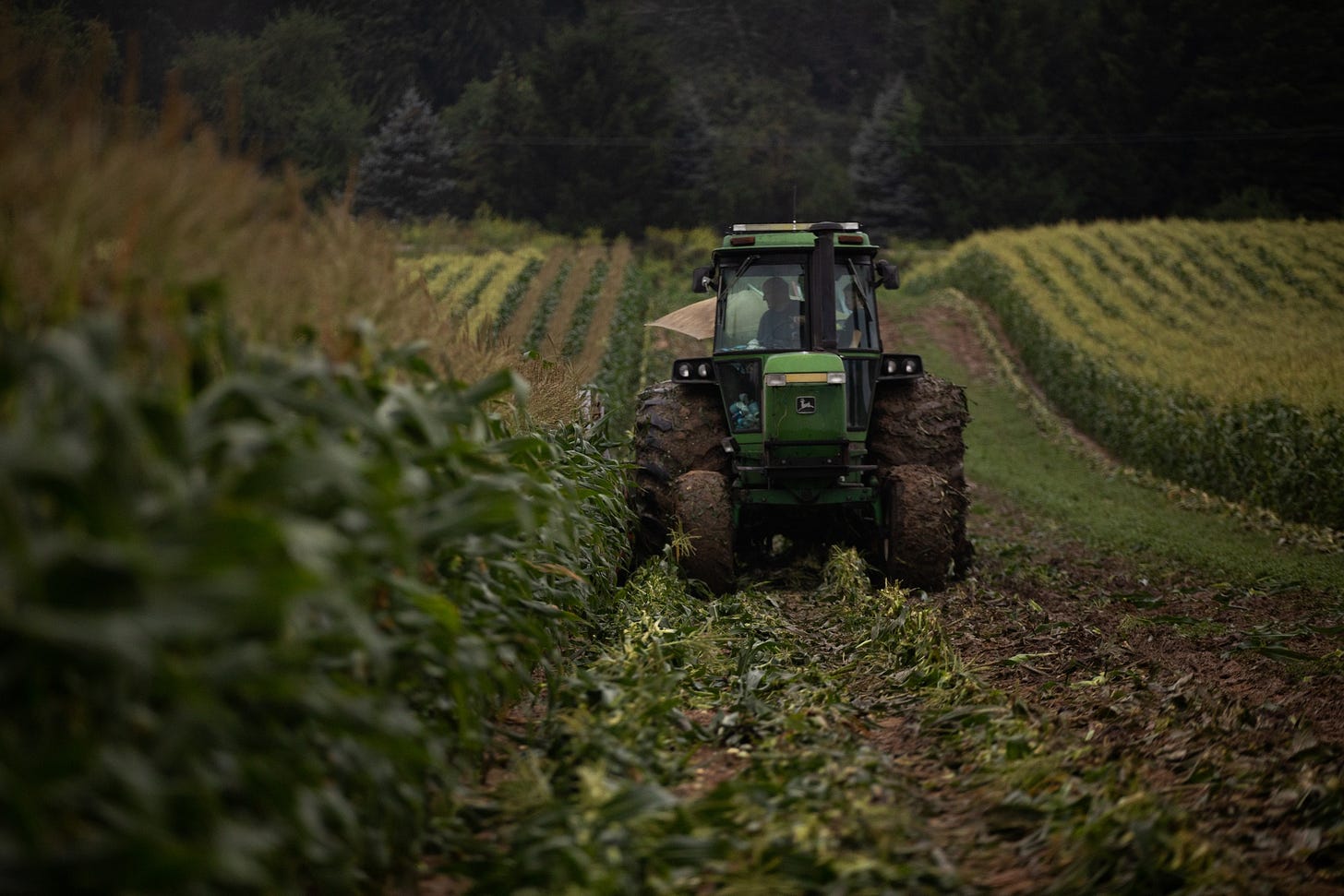


This is how suicidal some of these people in governments are.
Gas could be phased out in Victorian houses in clean energy push
https://www.couriermail.com.au/business/gas-could-be-phased-out-in-victorian-houses-in-clean-energy-push/video/bf12b8f1c983c3a4c126c584fefb7a0a
Power transformers are being quoted at months-to-years out lately. The more one digs, the worse it looks. Even the specialty steel required for transformer cores is looking dicey. It's called Grain Oriented Electrical Steel. Here's a bit on that problem.
https://www.transformer-technology.com/news/us-news/2788-us-warns-lack-of-transformer-steel-would-threaten-national-security-transformer-technology.html
On the weather front, here's one that says the currents and temperatures in the Gulf of Mexico are looking like they did in 2005 when Katrina hit the coast.
https://theconversation.com/bad-news-for-the-2022-hurricane-season-the-loop-current-a-fueler-of-monster-storms-is-looking-a-lot-like-it-did-in-2005-the-year-of-katrina-183197